What music software did avicii use

Avicii, the legendary electronic music producer, had a unique approach to music creation. His choice of software and hardware played a significant role in shaping his iconic sound. If you’ve ever wondered, “What music software did Avicii use?” you’re in the right place. This article breaks down the tools and equipment that helped him craft his unforgettable tracks.
Key Takeaways
- Avicii primarily used FL Studio for music production.
- He relied on essential plugins like Nexus 2 and Massive to enhance his sound.
- M-Audio keyboards were a key part of his setup for live performances.
- Quality audio interfaces like the RME Fireface UC were crucial for professional sound.
- For live shows, Avicii used top-tier DJ gear including Pioneer CDJs.
Primary DAW Used By Avicii
Overview of FL Studio
FL Studio, initially known as FruityLoops, stands as a powerful digital audio workstation crafted by Image-Line. It’s celebrated for its intuitive graphical interface, making it a favorite among music producers for creating, editing, and mixing audio tracks. It’s a very popular choice for electronic music, but it’s versatile enough for any genre. It’s been around for a long time, and it’s only gotten better with age.
Why Avicii Chose FL Studio
Avicii’s connection with FL Studio was strong. He mentioned that a friend introduced him to it, and he was instantly hooked. He found it incredibly easy and quick to use. In fact, after his first project, a remix of an old Commodore 64 game, he couldn’t stop using it. FL Studio remained his primary production software even after creating many tracks. It’s a testament to the software’s user-friendliness and power.
Key Features of FL Studio
FL Studio boasts a range of features that make it a go-to DAW for many producers:
- Lifetime Free Updates: Once you buy FL Studio, you get all future updates for free.
- User-Friendly Interface: Its intuitive design makes it easy to learn and use.
- Versatile Mixer: Offers a powerful mixer for precise audio control.
- Plugin Support: Supports a wide range of VST plugins, expanding its capabilities.
FL Studio’s pattern-based workflow allows for quick arrangement of ideas. Its piano roll is also very intuitive for writing melodies and chord progressions. The software’s comprehensive suite of built-in plugins means you can create entire tracks without needing third-party tools, though the option to use them is always there.
Essential Plugins in Avicii’s Arsenal
Avicii’s sound was defined not just by his melodies, but also by the plugins he used to craft them. He had a collection of go-to virtual instruments and effects that helped shape his signature sound. Let’s take a look at some of the key plugins in his arsenal.
Nexus 2
Nexus 2 was a staple in Avicii’s plugin library. It’s known for its vast library of sounds and ease of use, making it perfect for quickly finding the right sound for a track. It’s a ROMpler, meaning it uses pre-recorded samples to create its sounds, which allows for a huge range of sonic possibilities.
Native Instruments Massive
Massive is a powerhouse synthesizer known for its ability to create huge, impactful sounds. Avicii used Massive extensively for basslines, leads, and pads. Its flexible routing and modulation options made it a go-to for sound design. It’s a complex synth, but once you get the hang of it, the possibilities are endless.
Sylenth1
Sylenth1 is another popular virtual analog synthesizer that Avicii frequently used. It’s known for its warm, lush sound and relatively low CPU usage, making it a great choice for producers who want a high-quality sound without bogging down their computers. It’s a versatile synth that can be used for a wide range of sounds, from leads and basses to pads and arpeggios.
Avicii’s plugin choices reflect a focus on both quality and efficiency. He wasn’t afraid to use popular plugins, but he also knew how to use them in unique ways to create his own signature sound. His understanding of sound design and melody is what truly set him apart.
Keyboards and Synthesizers Utilized
M-Audio Axiom 61
The M-Audio Axiom 61 was a staple in Avicii’s studio. It’s a MIDI keyboard controller that offers a good balance between functionality and portability. It’s got 61 keys, which is enough for most production tasks, and it’s USB-powered, so you don’t need an extra power adapter. I remember when I first got mine, it really opened up my workflow. It’s not the fanciest thing out there, but it gets the job done. It’s a solid choice for anyone starting out or needing a reliable MIDI keyboard controller.
M-Audio Keystation 88es
For those who need the full range of keys, the M-Audio Keystation 88es is a great option. It’s an 88-key MIDI controller, so you get the full piano range. It’s simple and straightforward, focusing on just the keys themselves. It’s velocity-sensitive, which is important for getting expressive sounds. It’s a no-frills option, but it’s reliable and does what it’s supposed to do. If you’re a pianist or just need the full range, this is a good choice. I’ve seen a lot of producers use this one because it’s affordable and effective. It’s a workhorse, plain and simple.
Popular Synths in His Setup
Avicii was known for using a variety of software synthesizers to create his signature sounds. Here are a few notable ones:
- Nexus 2: A ROMpler known for its vast library of sounds and ease of use.
- Native Instruments Massive: A powerful wavetable synthesizer capable of creating a wide range of sounds, from basses to leads.
- Sylenth1: A virtual analog synthesizer known for its warm sound and intuitive interface.
Avicii also used Cakewalk’s z3ta+ software synth, particularly the ‘crispy arp c1’ preset from ‘Section B’ in his earlier tracks. He later transitioned to z3ta+ 2. These synths were crucial in shaping his unique sound. He also used non-native effects such as the Kjaerhus Audio Classic Master Limiter.
Here’s a quick comparison of these synths:
| Synth | Type | Key Features |
|---|---|---|
| Nexus 2 | ROMpler | Vast sound library, easy to use |
| Native Instruments Massive | Wavetable | Powerful, versatile, wide range of sounds |
| Sylenth1 | Virtual Analog | Warm sound, intuitive interface |
Audio Interfaces for Professional Sound

When you’re aiming for that pristine, professional sound, your audio interface is where it all starts. It’s the bridge between your instruments, microphones, and your computer, handling the crucial task of converting analog signals to digital and back again. Avicii, like many top producers, understood the importance of a high-quality interface for capturing and reproducing sound with clarity and precision. Let’s take a look at some of the interfaces that were likely contenders in his studio setup.
RME Fireface UC
The RME Fireface UC is known for its exceptional sound quality and rock-solid drivers. It’s a popular choice among professionals who demand reliability and pristine audio conversion. It offers a range of inputs and outputs, making it versatile for different recording setups. The Fireface UC is a workhorse, capable of handling complex projects without breaking a sweat. It’s the kind of interface you can depend on day in and day out.
Universal Audio Apollo Twin
The Universal Audio Apollo Twin is another top-tier option, especially favored for its UAD plugin integration. It allows you to use Universal Audio’s powerful plugins with near-zero latency, which is a game-changer for mixing and recording. The Apollo Twin is compact but packs a punch, delivering professional-grade sound with a user-friendly interface. It’s a great choice for producers who want access to a wide range of high-quality effects and processing tools. If you’re looking for personal growth, this might be it.
RME Babyface Pro
The RME Babyface Pro is the smaller, more portable sibling of the Fireface UC. Don’t let its size fool you; it still delivers the same exceptional sound quality and reliability that RME is known for. It’s perfect for producers who need a high-quality interface on the go or who have limited studio space. The Babyface Pro is built like a tank and offers a surprising number of features for its size, making it a versatile tool for any producer.
Choosing the right audio interface is a critical decision for any music producer. It’s not just about the number of inputs and outputs; it’s about the quality of the converters, the stability of the drivers, and the overall reliability of the unit. A good interface can make a huge difference in the quality of your recordings and mixes.
Here’s a quick comparison of the key features:
| Feature | RME Fireface UC | Universal Audio Apollo Twin | RME Babyface Pro |
|---|---|---|---|
| Sound Quality | Excellent | Excellent | Excellent |
| Plugin Support | None | UAD | None |
| Portability | Moderate | Moderate | High |
| Inputs/Outputs | High | Moderate | Moderate |
When selecting an audio interface, consider these factors:
- The number of inputs and outputs you need for your setup.
- The quality of the converters and preamps.
- The stability of the drivers.
Headphones and Studio Monitors
V-Moda Crossfade LP2
Avicii was known to use the V-Moda Crossfade LP2 headphones. These are popular for their robust build and strong bass response, which is great for electronic music production. They’re not just for the studio; their durability makes them good for travel and DJing too. I remember reading a review that said they can take a serious beating and still sound great. They’re definitely a solid choice if you want something that can handle a lot of wear and tear.
Sennheiser HD 800
On the other end of the spectrum, Avicii also used the Sennheiser HD 800. These are high-end, open-back headphones known for their exceptional clarity and detail. They’re designed for critical listening and mixing, offering a very accurate representation of the sound. They’re not cheap, but if you’re serious about audio production, they’re a worthwhile investment. I’ve heard people describe the soundstage as incredibly wide and immersive, which can really help with making mixing decisions. They are a reference point for many producers.
KRK VXT8
Avicii also used KRK VXT8 studio monitors. These are active studio monitors known for their clear sound and accurate frequency response. They’re designed to provide a reliable reference for mixing and mastering, ensuring that your tracks sound good on a variety of playback systems. I’ve seen them in a lot of studios, and they seem to be a favorite among electronic music producers. They offer a good balance of performance and value, making them a solid choice for both beginners and experienced producers.
Choosing the right headphones and monitors is super important. It’s all about finding what works best for your ears and your workflow. Don’t be afraid to try out different options and see what gives you the most accurate and enjoyable listening experience.
Here’s a quick comparison of the three:
| Feature | V-Moda Crossfade LP2 | Sennheiser HD 800 | KRK VXT8 |
|---|---|---|---|
| Type | Closed-back | Open-back | Active Monitor |
| Sound Signature | Bass-heavy | Neutral/Detailed | Balanced |
| Use Case | DJing, Travel, Production | Mixing, Mastering | Mixing, Mastering |
| Price | Moderate | High | Moderate |
When choosing the right credit cards, consider your spending habits and financial goals.
DJ Equipment for Live Performances
Avicii’s live performances were legendary, and a big part of that was the gear he used to bring his music to life for massive crowds. He wasn’t just pressing play; he was actively mixing and creating an experience. Let’s take a look at some of the key pieces of DJ equipment that were likely part of his setup.
Pioneer DJ CDJ-2000NXS2
The CDJ-2000NXS2 is basically the industry standard for professional DJs, and it’s highly probable Avicii used these. These media players offer a ton of features, including support for various audio formats, a high-resolution touch screen, and advanced connectivity options. They’re built for performance and reliability, which is exactly what you need when you’re playing to thousands of people. It’s important to consider various factors before purchasing new DJ equipment.
DJM-900NXS Mixer
Alongside the CDJs, a top-tier mixer is a must. The DJM-900NXS is a common choice, known for its pristine audio quality and extensive effects.
Here’s why it’s so popular:
- Excellent sound processing
- A wide range of effects
- Robust build quality
The DJM-900NXS allows for seamless transitions and creative mixing, making it a staple in many professional DJ booths. It’s designed to work perfectly with the CDJ-2000NXS2s, creating a cohesive and powerful setup.
Other Essential Gear
Beyond the CDJs and mixer, there’s other stuff that’s needed for a complete DJ setup. This includes:
- Headphones: For cueing tracks and monitoring the mix.
- Cables: High-quality cables to ensure a clean signal flow.
- A reliable laptop: To manage music libraries and potentially run DJ software.
While the specific models might vary, these components are essential for any DJ looking to perform at a professional level.
Other Notable Studio Gear

Universal Audio LA-610 Mk II
The Universal Audio LA-610 Mk II is a classic tube preamp and compressor. It’s known for adding warmth and character to vocals and instruments. It’s a channel strip that combines a 610 preamp with a T4 opto-compressor, giving you a vintage sound right from the start. It’s not just a preamp; it’s a whole vibe.
TK Audio BC1 MK2 Compressor
The TK Audio BC1 MK2 Compressor is a bus compressor that’s great for gluing tracks together. It’s designed to add punch and cohesion to your mixes. It’s often used on drum buses or the master bus to give your tracks a polished, professional sound. It’s a versatile tool that can handle subtle compression or more aggressive effects.
Sennheiser HDVD 800
The Sennheiser HDVD 800 is a high-end headphone amplifier with a built-in DAC. It’s designed to deliver the best possible sound quality to your headphones. It’s a great choice for critical listening and mixing, ensuring you hear every detail in your tracks. It’s an investment in your listening experience.
Avicii likely used these pieces of gear to add depth, warmth, and clarity to his productions. Each unit offers unique sonic characteristics that can help shape the overall sound of a track. The SSL Duality Mixing Console is another piece of equipment that can help with this.
Here’s a quick rundown of why these pieces are so popular:
- LA-610 Mk II: Adds vintage warmth and character.
- TK Audio BC1 MK2: Glues tracks together and adds punch.
- Sennheiser HDVD 800: Delivers high-fidelity sound for critical listening.
Wrapping It Up
In the end, Avicii’s music journey was all about creativity and the tools he used. His go-to software was FL Studio, which helped him craft those unforgettable tracks. He also had a solid collection of plugins and gear that supported his unique sound. Even though he’s no longer with us, his influence on music production is still felt today. For anyone looking to follow in his footsteps, understanding his setup can be a great starting point. So, whether you’re a beginner or a seasoned pro, take a page from Avicii’s book and explore the software that made his hits possible.
Frequently Asked Questions
What music software did Avicii mainly use?
Avicii primarily used FL Studio for his music production. He found it easy to use and loved its features.
Why did Avicii choose FL Studio over other software?
He was introduced to FL Studio by a friend and quickly became a fan because it was user-friendly and efficient for his projects.
What are some key plugins Avicii used?
Some of the most important plugins in Avicii’s setup included Nexus 2, Native Instruments Massive, and Sylenth1.
What kind of keyboards did Avicii use in his studio?
Avicii used MIDI keyboards like the M-Audio Axiom 61 and M-Audio Keystation 88es to create his music.
Which audio interfaces were part of Avicii’s gear?
He used audio interfaces such as the RME Fireface UC and Universal Audio Apollo Twin to get high-quality sound.
What headphones and monitors did Avicii prefer?
He liked using V-Moda Crossfade LP2 headphones and KRK VXT8 studio monitors for mixing and listening to his tracks.

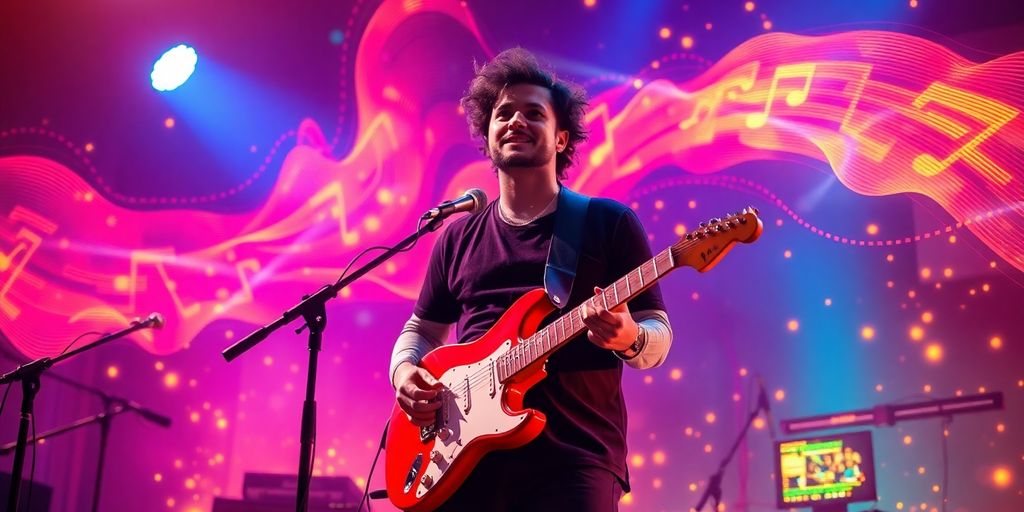
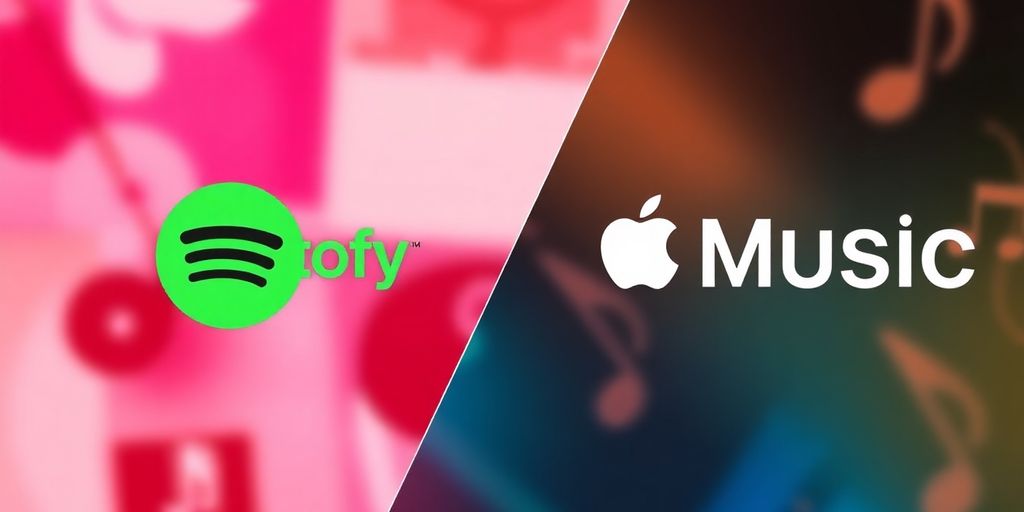
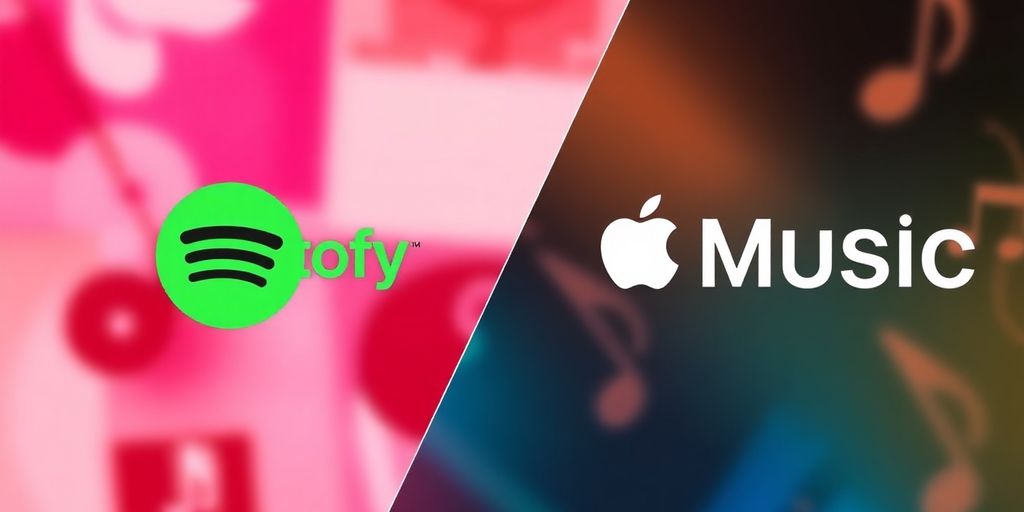

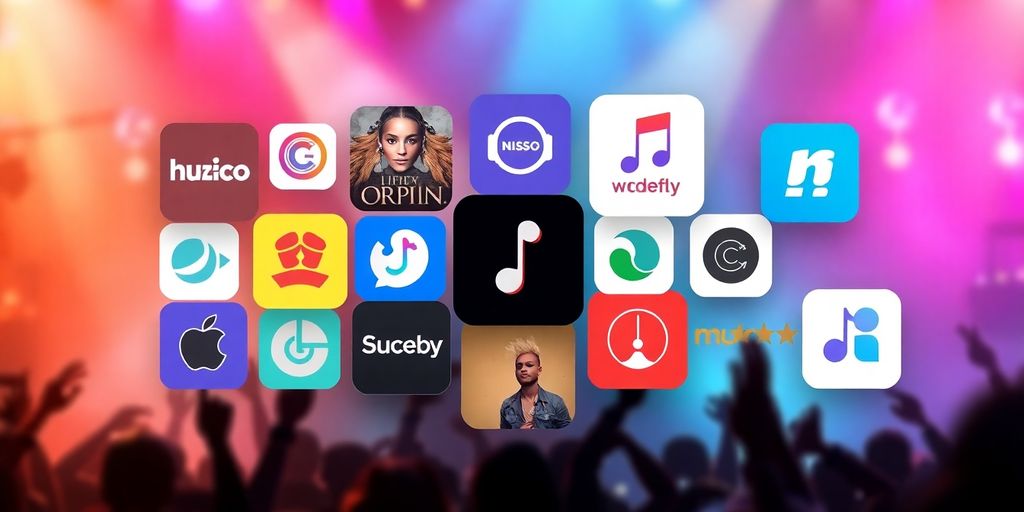
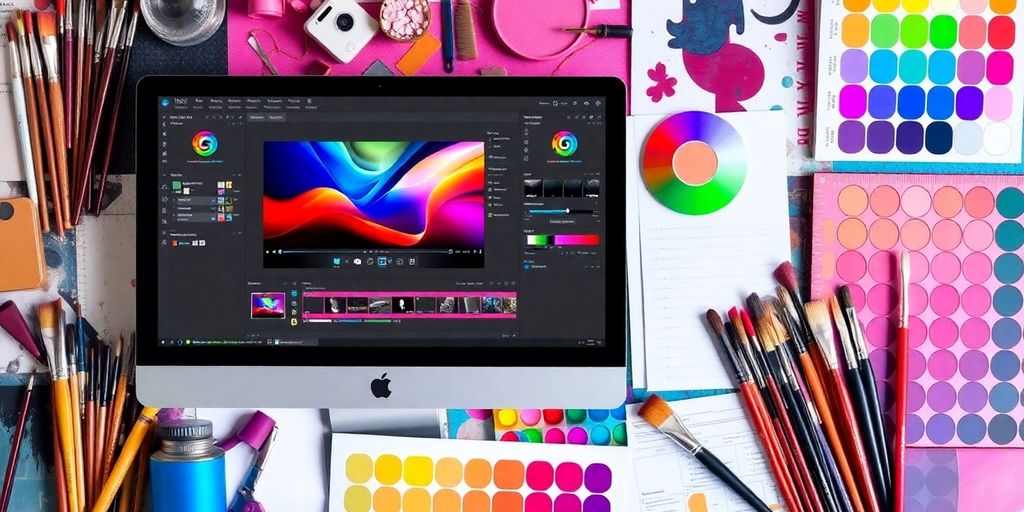
Responses